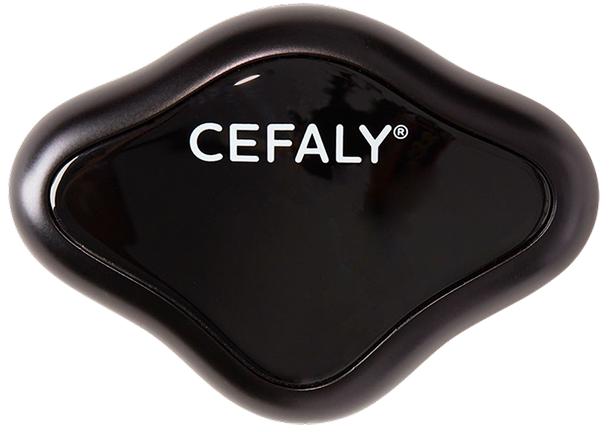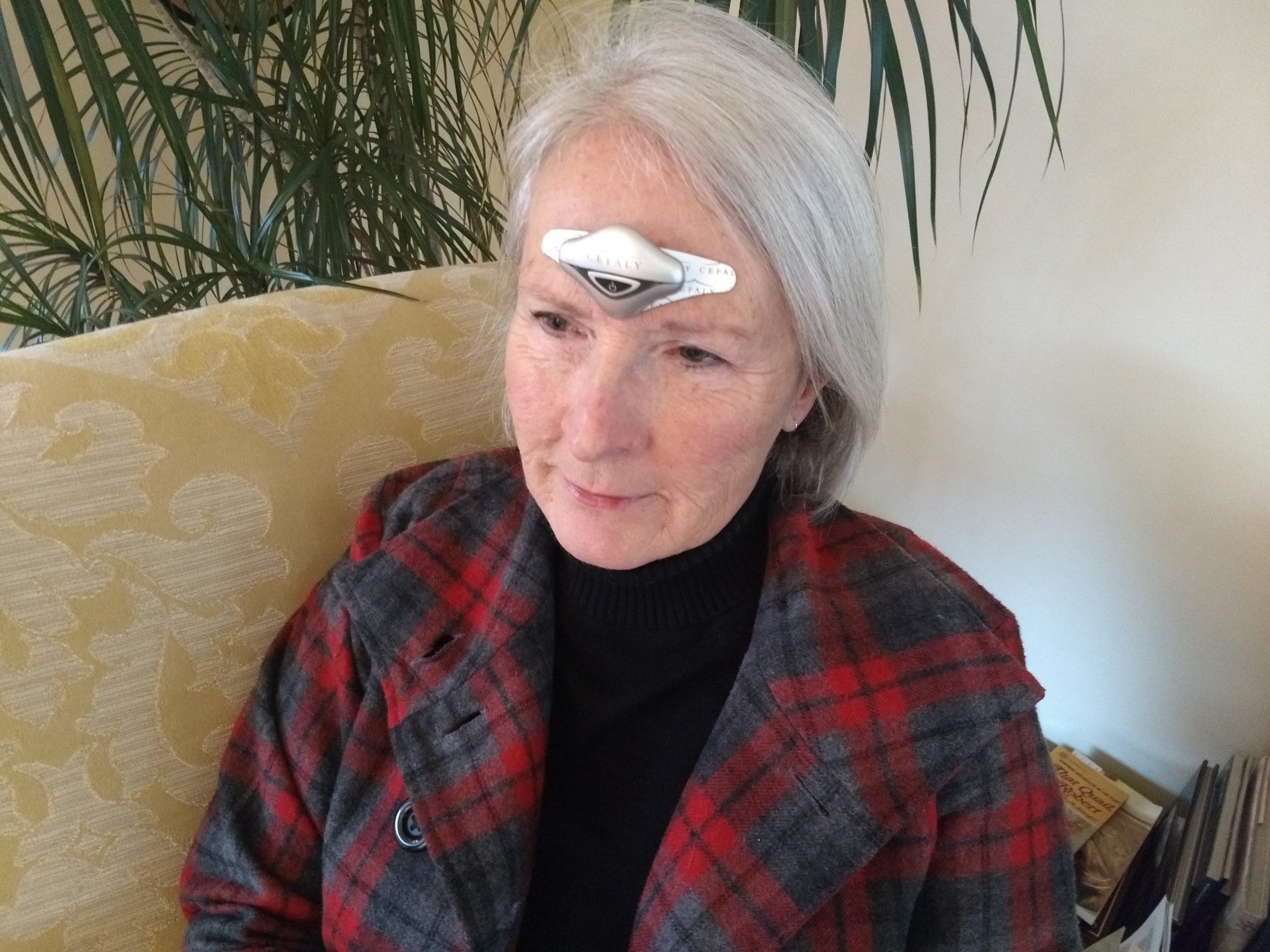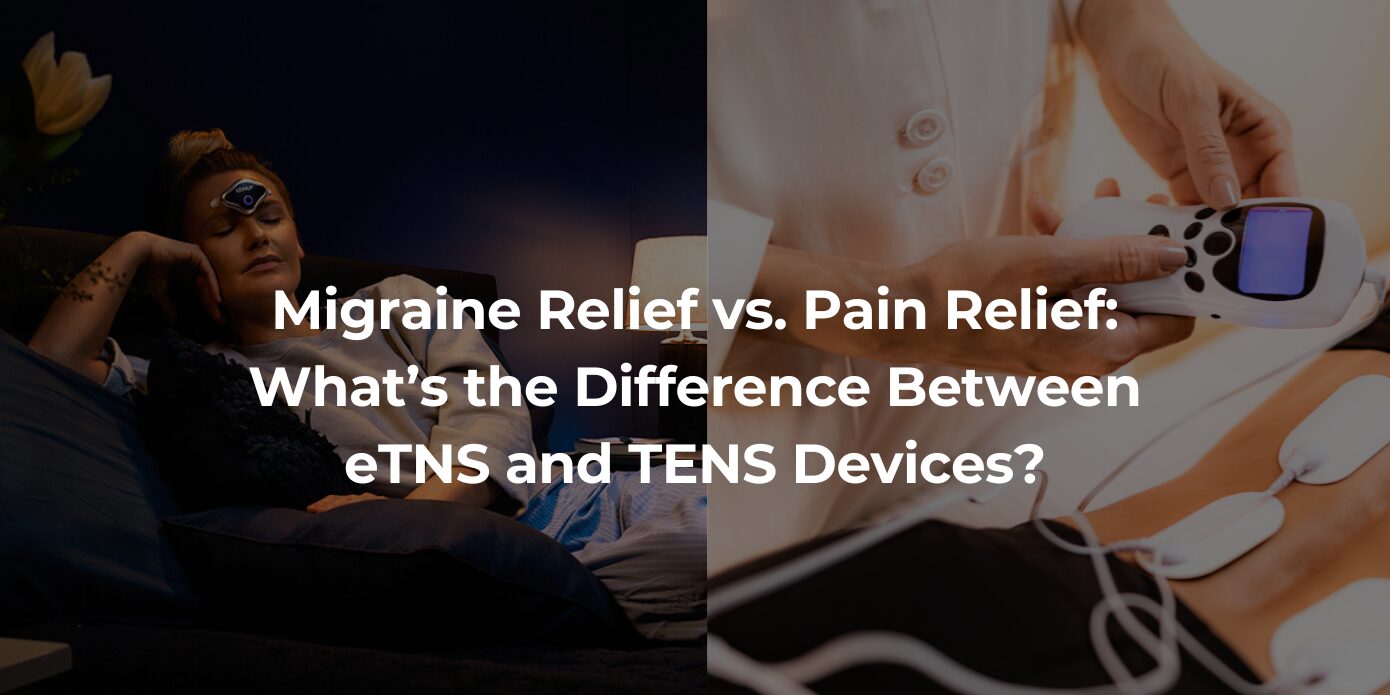- What are migraine and ADHD?
- The connection between migraine and ADHD
- Why do ADHD and migraine co-occur?
- Is migraine a symptom of ADHD?
- Does ADHD medication cause migraine?
- Tips for Handling migraine and ADHD
Co-occurring migraine and attention-deficit/hyperactivity disorder (ADHD) can be a frustrating combination. ADHD can indirectly cause migraine attacks by allowing triggers to crop up. Meanwhile, a migraine attack can present significant challenges for a person already working to manage their ADHD symptoms. At CEFALY, we’re committed to helping people understand why migraine and ADHD occur simultaneously and, better yet, relieve their symptoms.
Seeking a safe, effective, and drug-free way to treat and prevent migraine? Try CEFALY risk-free for 90 days!
What are migraine and ADHD?
Despite how much we’ve learned about neurotransmitters and brain activity, some brain phenomena still remain mysterious. Migraine and ADHD are examples of conditions that we understand well enough to diagnose and manage, but there is still much to learn. For example, research has yet to show an exact cause for migraine or ADHD. Here is what science tells us about migraine and ADHD today.
Migraine
Migraine is a neurological condition that typically causes severe, throbbing headaches that can last for hours or even days. The headache usually occurs on one side of your head or in a specific area. It often comes with other symptoms like sensitivity to light, nausea, vomiting and dizziness. Visual disturbances, such as blind spots or light flashes, are also common during and leading up to a migraine headache.
ADHD
ADHD is a complex but common mood disorder that often causes trouble focusing, impulsivity and problems staying organized. While the name includes the term “hyperactivity,” ADHD comes in many forms and doesn’t always involve hyperactive behavior. In any case, ADHD symptom patterns can impact a person’s ability to function within society.
ADHD looks different in different people, with varying combinations of inattention, hyperactivity and impulsivity.
Individuals who lean toward inattention may require extra effort or medication to sustain focus. They may also frequently overlook minute details in their work.
Individuals on the hyperactive portion of the spectrum often exhibit restless behavior like fidgeting or pacing.
Those who exhibit impulsivity may be likely to interrupt others during conversation or complete their sentences for them. These individuals may also struggle with tasks that involve delayed gratification, causing them to feel bored and gravitate toward activities that provide more immediate stimulation.

The connection between migraine and ADHD
At first glance, migraine and ADHD might seem completely unrelated. But those who experience one can often tell you about the other. The link between migraine and ADHD is not so direct as to suggest there is such a thing as an ADHD migraine, but some overlap is certainly present.
Research shows comorbidity between ADHD and migraine for both children and adults. Women are especially susceptible — about a third of women with ADHD have migraine attacks, versus 22.5% of men.
Other research findings tell us that men with ADHD are more than twice as likely as men without ADHD to have migraine attacks, and the severity of children’s ADHD symptoms is directly proportional to the frequency of migraine attacks.
These studies find a correlation between ADHD and migraine, but research has yet to unveil causation. So, we can’t say that ADHD causes migraine or vice versa. What we can say is that ADHD and migraine — as well as the people who experience them — may share some underlying characteristics that result in notable comorbidity.
Why do ADHD and migraine co-occur?
We don’t know exactly why ADHD and migraine occur together, but researchers have some theories:
- Hormones: Migraine is more common in women, so some think it may be linked to fluctuating hormones. Research also shows that hormones regulate how our brain cells communicate and affect ADHD symptoms.
- Mood and anxiety disorders: Mood and anxiety disorders often go along with ADHD and migraine. They could be a connecting thread between the two conditions.
- Distractibility, irritation and learning challenges: These symptoms of ADHD could appear more often due to migraine attacks, particularly for children with shorter attention spans.
- Genetics: Genetic factors could also play a role, affecting neurotransmitters like dopamine, which plays a role in both ADHD and migraine.
Learn How CEFALY Prevents & Relieves Migraine Pain
Is migraine a symptom of ADHD?
Although people with ADHD can be more likely to experience migraine, migraine is not a symptom of ADHD. Mental health professionals diagnose ADHD with the fifth edition of the Diagnostic and Statistical Manual (DSM-5) from the American Psychiatric Association. The DSM-5 has a list of symptoms and conditions that assess inattention, hyperactivity and impulsivity. Migraine or headaches are not included in this list.
Still, some symptoms of ADHD can be exacerbated by migraine, such as problems with sustained or close attention and staying organized.

Does ADHD medication cause migraine?
Many people with ADHD take stimulant medication to reduce symptoms like mood, behavior and memory problems. They can cause headaches as a side effect, but these are not the same as migraine attacks. A headache from ADHD medication is usually milder and less complex than a migraine attack. Migraine headaches are more severe, localized to one side of your head and often come with additional symptoms, such as visual disturbances and nausea.
Headaches from ADHD medication often subside shortly after starting the medication. The medication can also influence the likelihood of migraine attacks by affecting your behaviors. For example, ADHD medication can decrease appetite, so you might eat less, which could cause a migraine attack.
On the other hand, stimulants have some analgesic properties, meaning they can help relieve pain. Research suggests that stimulants could reduce the frequency or severity of attacks.
Handling migraine and ADHD
Treating migraine in people with ADHD is similar to treating it in people without ADHD. It’s a highly individual process, so you’ll need to take some time to find what works for you and what doesn’t. One of the first strategies often recommended to people with migraine is keeping a migraine attack diary. If you’ve ever tracked your ADHD symptoms, the process is pretty comparable.
Track your triggers
With a migraine journal or diary, you keep track of your migraine attacks, including when they occur, where the pain is, how long they last and how severe they are. You’ll also want to jot down other factors that might affect your migraine, such as exercise habits, sleep or diet.
Migraine attacks can have a wide range of triggers, so write those down, too. Some migraine triggers include:
- Certain medications
- Water intake
- Alcohol intake
- Changes in the weather
- Stress
- Bright or strobing lights
- Strong or specific odors
- Caffeine
- Menstrual cycles
- Some foods, like chocolate, nuts and citrus fruits
You can make your own journal in a notebook, print templates online or download an app. CeCe, for example, is an app that helps you track your migraine triggers and symptoms. The intuitive interface helps you track what’s important and understand the results. By putting your migraine diary on your phone, you can also receive convenient notifications throughout the day. Since ADHD often comes with forgetfulness and an “out of sight, out of mind” mentality, notifications and templates can be particularly helpful.
Get Drug-Free Migraine Relief With CEFALY
Shop Now
90-day money back guarantee
FDA-cleared
financing available
Discover the migraine remedies that work best for you
You won’t need to keep your migraine diary forever. Hopefully, just a few months of charting will give you enough information. Once you know what you’re working with, you can dive into the wide world of migraine remedies and see what helps. Some techniques for tackling migraine attacks include:
Avoiding triggers
Limiting your exposure to the triggers you find through journaling can help you avoid migraine attacks. Similarly, journaling can help you identify factors that break your attention, feed your impulsivity or trigger hyperactivity. Understanding when your ADHD symptoms manifest or when migraine attacks occur will empower you to improve your quality of life.
Taking supplements
As with many health conditions, the evidence on taking supplements for migraine can be mixed. Some have good scientific evidence, but others do not. Make sure you know what migraine supplements are backed by research. Always consult your doctor before taking them, especially if you take a prescription medication, like stimulants. Some supplements can interact with prescription medications.
Setting meal and hydration reminders
Prioritizing nutrition and hydration can help prevent migraine headaches from occurring. However, ADHD symptoms can make this difficult. Reminders can help. Try setting alarms for meals so you remember to fuel your body. You can also use alarms or timers for more frequent water breaks so that you stay hydrated.
Following your doctor’s orders
Your doctor’s suggestions for ADHD or migraine may range from behavioral tips to helpful prescriptions or a combination of the two. It’s important to recognize that any solution your doctor provides will only take effect with time and consistency. From making lifestyle changes to sticking with your medication schedule, following your doctor’s orders is an important part of managing your condition.
Improving mindfulness
Mindfulness activities like meditation and deep breathing can be used to manage migraine. The way the body relaxes during a mindfulness routine reduces muscle tension that comes with migraine headaches. Mindfulness can also help you mentally cope with pain. This practice also has promising results for ADHD.
Changing your diet and exercise
Depending on the results of your migraine journal, you may find that changing your diet or exercise habits helps reduce the frequency or severity of attacks.
Journaling could reveal that you aren’t eating as much or as often as you should, leading to migraine triggers like low blood sugar. You may also find that some food choices trigger your headaches.
Exercise can relieve muscle tension, engage the release of endorphins and improve your sleep quality. Finding an exercise routine that works for you can reduce migraine headaches while also helping with ADHD symptoms.
Using a nerve-stimulation device
Many people can relieve migraine symptoms by stimulating the trigeminal nerve. CEFALY is a clinically proven, drug-free device that attaches to your forehead and sends small electrical impulses to the nerve. This stimulation can offer relief from acute migraine attacks and reduce the frequency and intensity of attacks.

Manage migraine with CEFALY
Managing ADHD and migraine can be tricky. ADHD can make it hard to remember migraine remedies, like supplements or exercise routines. Plus, if you take ADHD medication, you may be hesitant to start taking another . CEFALY is a completely drug-free solution, backed by extensive clinical research and available without a prescription. You can use the unique technology of CEFALY to relieve and prevent migraine attacks with minimal side effects.
Paired with the CeCe migraine app, CEFALY can help you manage migraine attacks in an ADHD-friendly way. We’ll send you reminders, help you track your symptoms and help you understand these conditions. Start your journey to migraine relief. See how CEFALY works or purchase the CEFALY device today!














